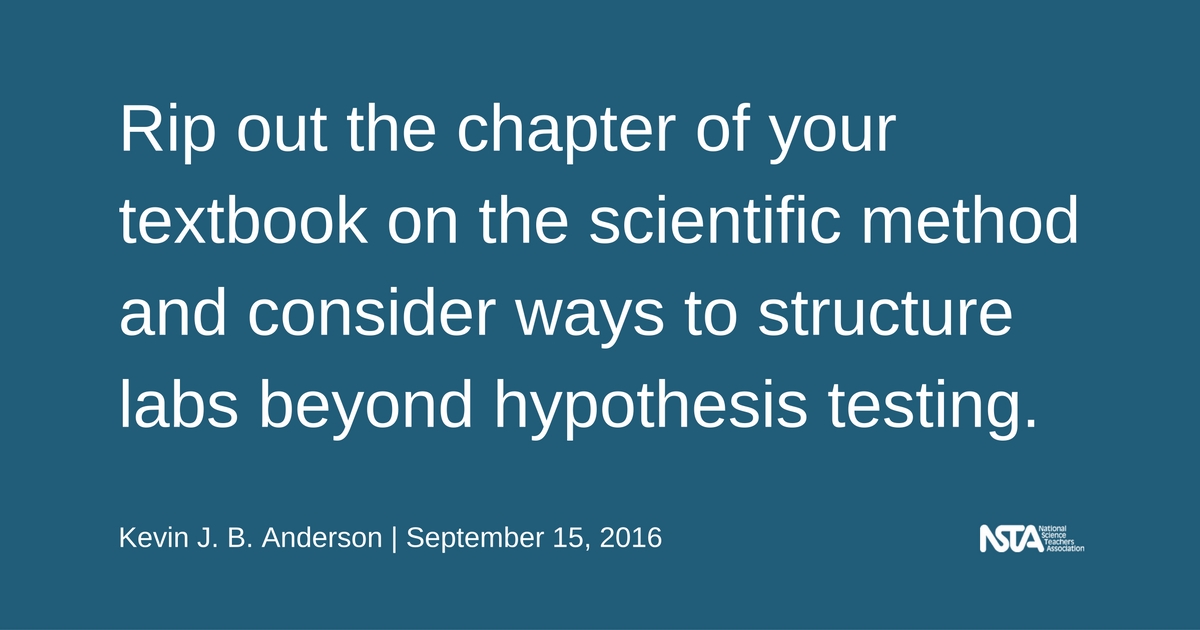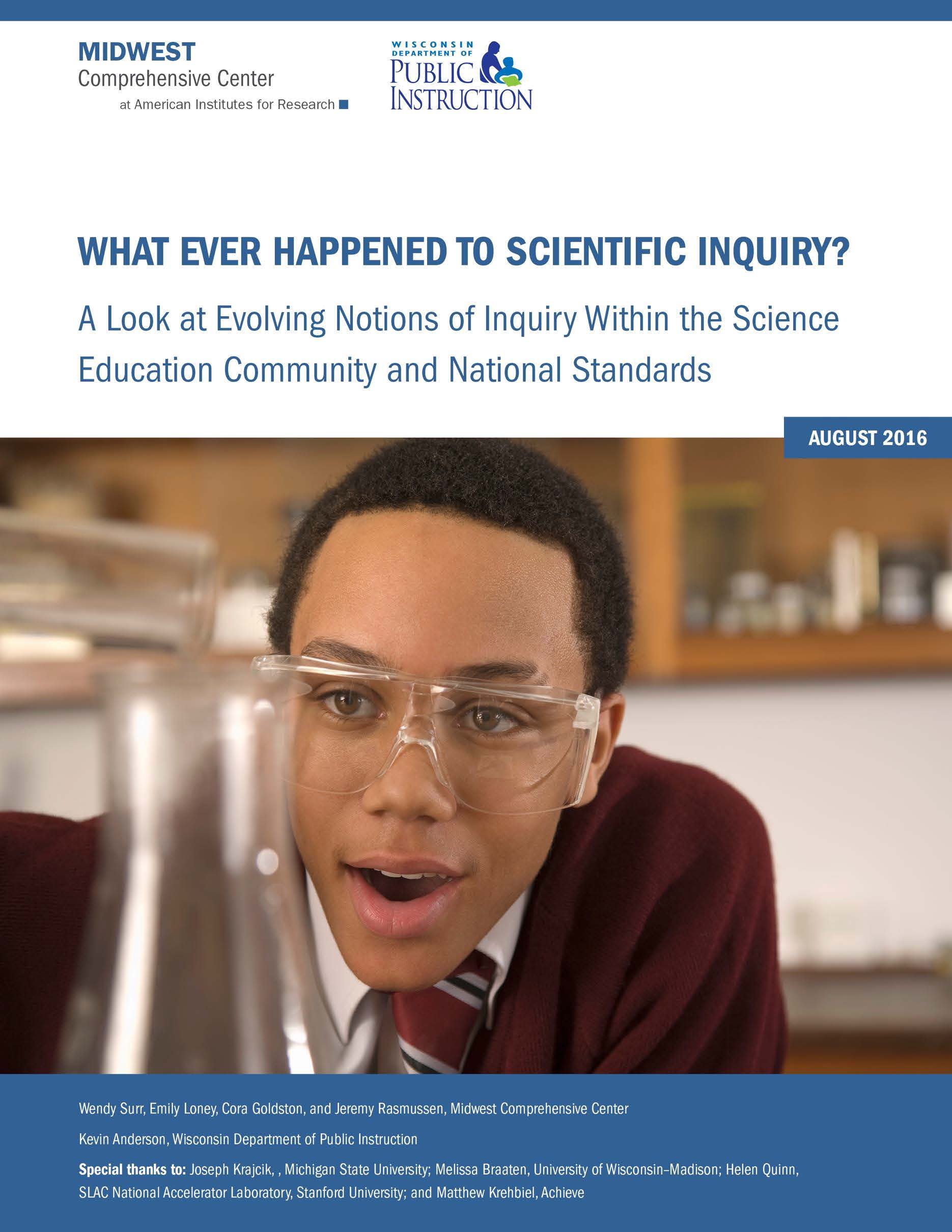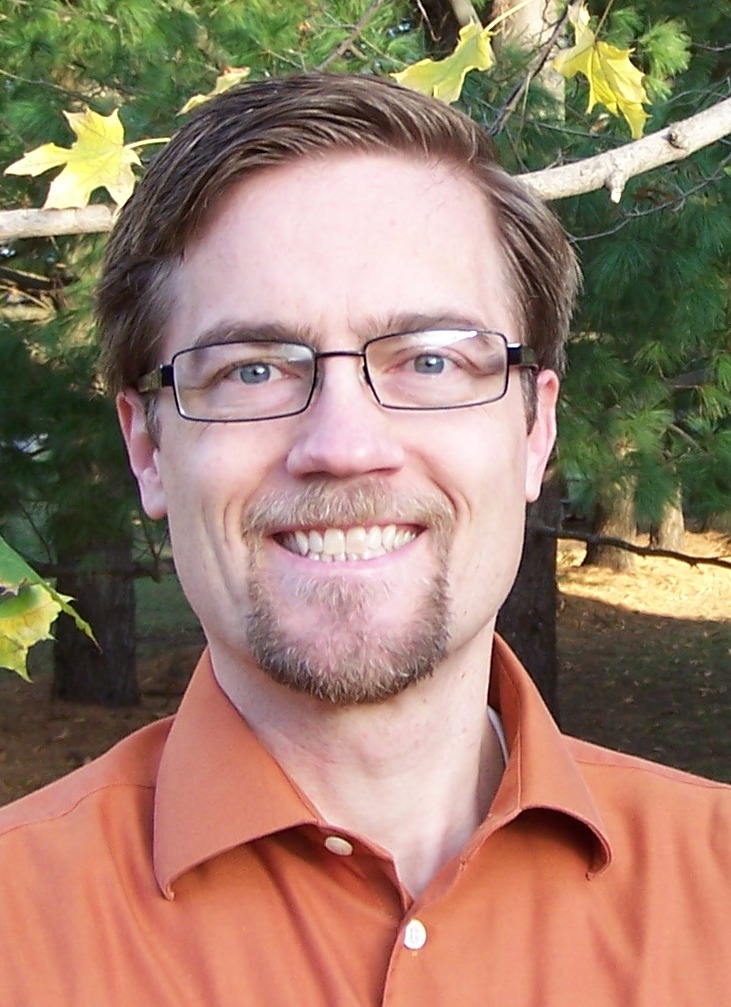Changes in How We See Scientific Inquiry
By Guest Blogger
Posted on 2016-09-15

 Ask 20 teachers what scientific inquiry is and it’s possible you’ll receive 20 different answers. From a series of proscribed steps to a lab-based free-for-all, conceptions have shifted over time. In the National Research Council’s (NRC) 1996 National Science Education Standards (NSES), inquiry held a prominent position as its own content area, but the term rarely comes up in its 2012 Framework for K–12 Science Education (Framework). What Ever Happened to Scientific Inquiry, a report by the Midwest Comprehensive Center and myself, details how notions of inquiry have changed in recent history, particularly as seen within the Next Generation Science Standards (NGSS). A further section of the report that won’t be described here analyzes how the science standards of upper Midwest states describe inquiry.
Ask 20 teachers what scientific inquiry is and it’s possible you’ll receive 20 different answers. From a series of proscribed steps to a lab-based free-for-all, conceptions have shifted over time. In the National Research Council’s (NRC) 1996 National Science Education Standards (NSES), inquiry held a prominent position as its own content area, but the term rarely comes up in its 2012 Framework for K–12 Science Education (Framework). What Ever Happened to Scientific Inquiry, a report by the Midwest Comprehensive Center and myself, details how notions of inquiry have changed in recent history, particularly as seen within the Next Generation Science Standards (NGSS). A further section of the report that won’t be described here analyzes how the science standards of upper Midwest states describe inquiry.
In preparing this report, we reviewed articles about science inquiry from both current and historical perspectives, analyzed national science standards and related documents, and interviewed national science education experts.
Historical beginnings
In the early 20th century, John Dewey proposed a list of five steps scientists use in their work, intending to emphasize their reflective work practices, but educators instead interpreted those ideas as the five linear steps to doing science. Pedagogy and curricula through the 20th century showed the increasing popularity of labs with proscribed procedures and the idea of a set “scientific method.”
Standards era shift
In 1993, the American Association for the Advancement of Science (AAAS) Benchmarks of Science Literacy clearly pushed on this idea of a set method and discussed inquiry as a “habit of mind.” The 1996 NSES attempted to further clarify notions of inquiry with the five big ideas of inquiry in its own section of the content standards. With a follow-up report, Inquiry and the National Science Education Standards (2000), the NRC stated that, “Students do not come to understand inquiry simply by learning words such as ‘hypothesis’ and ‘inference’ or by memorizing procedures such as ‘the steps of the scientific method.’”. In the NSES, inquiry instead described the way scientists study the world and build explanations based on evidence.
Teachers nevertheless continued to use the scientific method as a convenient way to organize scientific investigations and what it means to think like a scientist, and instructional materials supported this approach. Textbooks today continue to include separate chapters on a scientific method. According to Dr. Joe Krajcik, a member of the NGSS writing team, “While well intentioned, when the National Science [Education] Standards assigned inquiry to its own separate content area, it meant that inquiry remained separate from other science learning.” And, thus, got its own chapter in the textbook! Therefore, as noted by Dr. Melissa Braaten, a professor at the University of Colorado-Boulder, “In schools, inquiry had come to mean one narrow image of doing formulaic, defined experiments. Teachers would refer to it as ‘the scientific method’ like it was a titled thing.”
Framework and the NGSS
The writers of the Framework and consequent NGSS aimed to clarify ideas of scientific practice, moving away from varying ideas of “inquiry.” As emphasized by Dr. Helen Quinn, a researcher with the Stanford Linear Accelerator Center and chair of the NRC Framework committee, “While it is what we do—we inquire—scientists do not use the term inquiry.”
To summarize, in this report we emphasize four big ideas from the Framework and NGSS that take the place of some traditional conceptions of inquiry:
1) Inquiry is a means for constructing scientific understanding; it’s not a content area
Students should be involved in asking questions and investigating natural phenomena in the world around them. Instead of learning steps of a scientific method, they’re doing science.
2) Inquiry is a fluid set of practices that scientists use
As Dr. Krajcik notes, “Having the eight practices doesn’t mean that you start with a question, then move on to the next practice… There is no linearity implied. The practices are tied together and any one of them could lead to another.” Further, when working with the practices or discussing their use as a class, they shouldn’t be numbered.
3) Inquiry involves three-dimensional learning
The science and engineering practices are the means to gain scientific knowledge while investigating phenomena with a lens of the crosscutting concepts. Or, in other words from Matt Krehbiel, assistant director of science at Achieve, Inc., inquiry is “woven into science learning throughout the year, where practices are exercised and integrated with learning of the crosscutting concepts and disciplinary core ideas.”
4) Inquiry is independent from science pedagogy
Inquiry-based teaching is essential, but it’s not the only appropriate type of instruction. Varying instructional practices based on student learning needs make sense.
Final thoughts
I’m certainly not suggesting that you shouldn’t do inquiry-based lessons; however, I would suggest that you rip out the chapter of your textbook on the scientific method and consider ways to structure labs beyond hypothesis testing. There are as many ways to “do science” as there are scientists, so allow the practices to infuse your instruction where they naturally and logically fit rather than in any prescribed way.
A former middle school science teacher and education researcher, Kevin J. B. Anderson, PhD, NBCT, is the Science Education Consultant at the Wisconsin Department of Public Instruction.
Visit NSTA’s NGSS@NSTA Hub for hundreds of vetted classroom resources, professional learning opportunities, publications, ebooks and more; connect with your teacher colleagues on the NGSS listservs (members can sign up here); and join us for discussions around NGSS at an upcoming conference.
The mission of NSTA is to promote excellence and innovation in science teaching and learning for all.
Future NSTA Conferences
2016 Area Conferences
2016 National Conference
Follow NSTA
Disclaimer: The views expressed in this blog post are those of the author(s) and do not necessarily reflect the official position of the National Science Teaching Association (NSTA).


